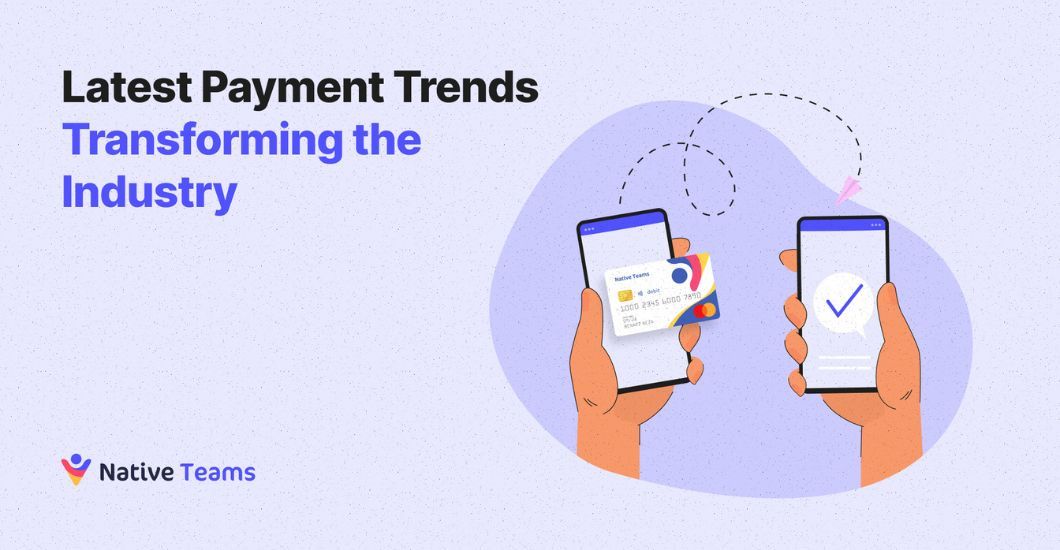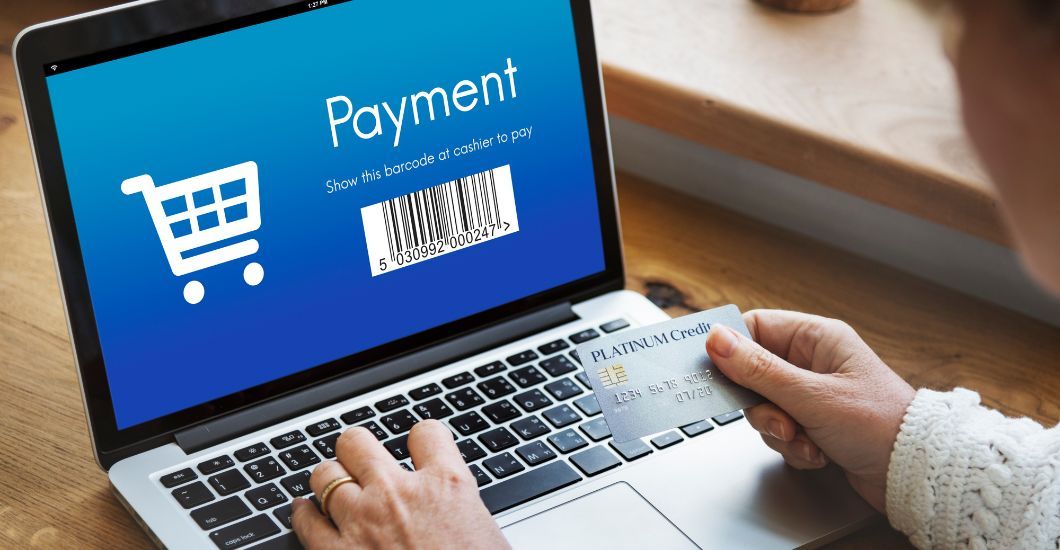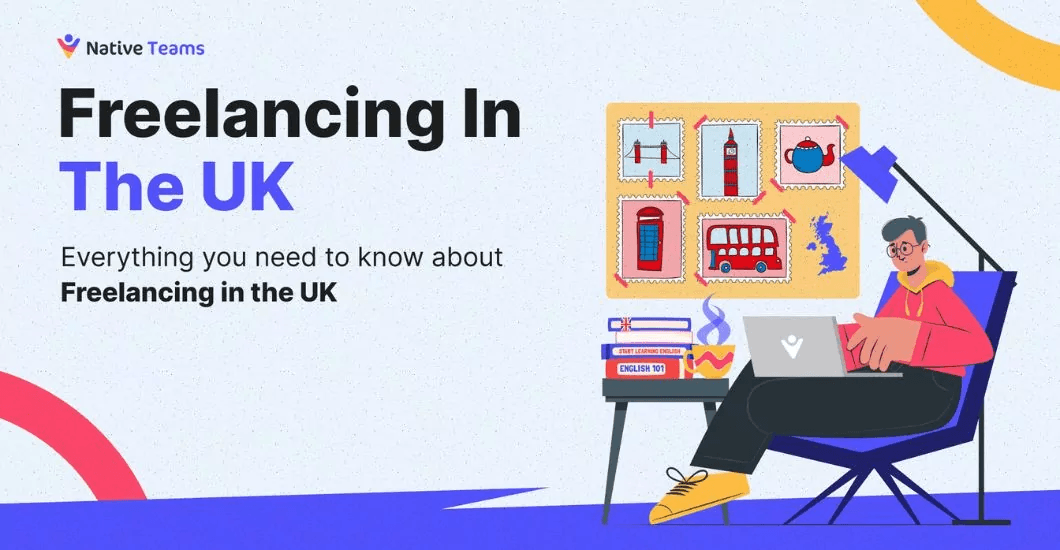Latest Payment Trends Transforming the Industry
The fintech industry has undergone significant changes and innovations to personalise and streamline the transactional relationship between businesses and consumers.
With all of these changes happening rapidly, businesses must stay ahead of the curve in order to meet the needs of their customers and provide the best customer experience.
In this blog, we’ll dive into the latest payment trends and how they are transforming payment practices. Let’s get started!

Payment trends and their importance in the current financial landscape
The shift towards digital payments, including digital wallets and online transfers, has made transactions more convenient and disrupted traditional payments with physical cash. Nowadays, customers can manage their accounts, make transactions and track their finances at their fingertips.
These payment innovations also promote financial inclusion by bringing certain populations into the financial system. As a result, poverty is reduced, and economic growth spikes up.
The rise of digital and contactless payments
The technological developments have ushered in a new stream of cutting-edge forms of making payments. Customers indulge in digital wallets, contactless cards, and QR code payments. Let’s dissect these modern payments and how they streamline the buyer’s process.
1. Digital wallets
In recent years, digital wallets have gained widespread popularity due to their convenience, secure features, and contactless capabilities. They have become a preferred choice for both in-person and e-commerce transactions.
These encrypted digital wallets allow users to securely store their debit and credit cards, facilitating effortless and safe transactions. The days of cash-only transactions for retailers are a thing of the past, as digital wallets now offer customers a secure and seamless experience at the point of sale.

2. Contactless cards
Contactless cards require minimal effort from the consumer as they simply need to tap their card on a contactless-enabled terminal, and the transaction is completed in seconds. This eliminates the need for physical card insertion or cash handling.
Moreover, they incorporate security features like tokenisation, which substitutes sensitive card information with a unique code for each transaction. This process helps protect critical information like the CSC on card, ensuring safer payments.

3. QR code payments
QR code payments align with the growing preference for contactless transactions, which has become even more crucial because of the safety concerns during the COVID-19 pandemic.
Plus, these types of payments speed up the payment process, which can be essential in environments with high transaction volumes, such as busy retail locations or events. The QR code payments are more cost-effective for businesses as they don’t require specialised hardware and setup costs. Businesses can easily create their own QR codes using the QR Code Generator, making the process even more accessible.

Benefits for consumers and businesses
Digital and contactless payments are quick and hassle-free, allowing consumers to make transactions with a simple tap or click, reducing the need for carrying physical cash. Moreover, these methods improve the overall shopping experience, leading to greater customer satisfaction and loyalty. This means that businesses need to offer different payment options to attract and retain customers.
The emergence of cryptocurrency and blockchain
Cryptocurrencies and blockchain technology have disrupted the fintech industry by offering innovative solutions and improving the efficiency and security of payments.
1. Cryptocurrencies
Cryptocurrencies serve as an alternative payment method, allowing consumers and businesses to make transactions outside the traditional banking system.
This means that the innovative digital currency isn’t tied to any central authority, so individuals and businesses can enjoy lower transaction fees for cross-border payments.
Moreover, tapping into global financial markets has never been easier, as individuals can trade assets from anywhere in the world.

2. Blockchain technology
Blockchain technology enables swift, secure, and cost-effective global payment processing and other transactions by utilising encrypted distributed ledgers.
These ledgers offer reliable real-time transaction verification without the need for intermediaries like correspondent banks.
Originally designed to support the digital currency Bitcoin, blockchain is now being integrated into a wide range of non-Bitcoin-related applications.

The potential challenges and future outlook
One of the most significant challenges is the regulatory landscape of cryptocurrencies and blockchain technology. Governments and financial authorities worldwide are still formulating their approach to regulate these payment innovations.
However, the future of cryptocurrencies and blockchain technology seems bright — many central banks are exploring the creation of Central Bank Digital Currencies (CBDCs) that combine the benefits of cryptocurrencies with the stability and regulatory oversight of traditional fiat currencies.
Buy Now, Pay Later: A new era of consumer financing
The Buy Now, Pay Later (BNPL) model allows consumers to make purchases and spread the cost over multiple instalments, often interest-free. It has become an attractive alternative to credit cards as it gives consumers the flexibility to manage their expenses.
Leveraging this model, businesses gain a competitive edge by driving higher conversion rates. Plus, it’s highly alluring among the younger, tech-savvy consumers who contribute to the digital retail landscape.
However, there’s a potential risk of overspending and accumulating debt, which could put consumers in financial instability. That’s why responsible borrowing remains crucial. Consumers should use these services consciously, understanding the terms and how much they can afford to avoid extra fees.

The integration of AI and Machine learning
With the rising popularity of online purchases, cybercriminals are developing new schemes to take advantage of the expanding e-commerce sector. As a result, ensuring strong cybersecurity measures has become essential within the payments industry.
Modern customers’ sensitive data and bank account details are secured through comprehensive security measures. This includes advanced biometric features like facial recognition, secure PIN codes, and SMS authentication for access.
In the future, the fintech industry is expected to fully embrace the integration of Machine Learning (ML) and Artificial Intelligence (AI) for the prevention of payment fraud. Cutting-edge technologies like fraud detection algorithms and predictive models are already in motion, allowing for real-time monitoring of transactions and identification of unusual activities.

To wrap up
The ever-evolving landscape of payment trends is reshaping the financial industry as we know it. These trends are not merely technological novelties; they provide convenience, security, and accessibility while also posing challenges that must be addressed.
